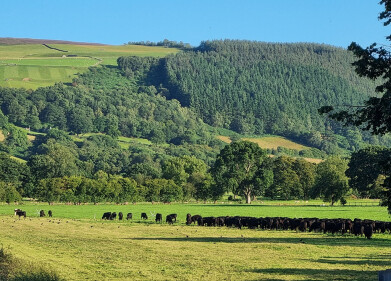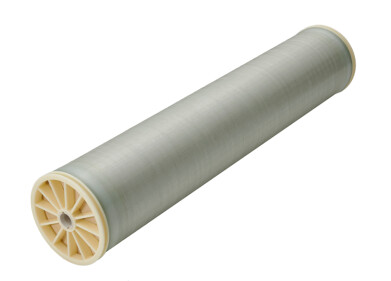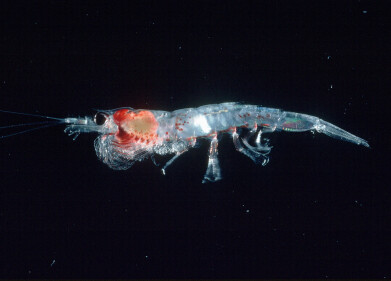Water/Wastewater
Launch of the Rotary Lobe Compressor
Nov 18 2010
Delta Hybrid from Aerzen (Germany) is a synergy of blower and compressor technology. By combining the technical advantages of both concepts, it offers completely new possibilities for generating positive pressure or vacuum in air and neutral gas applications.
A total of 7 patents or patent applications currently make the Delta Hybrid one of the most innovative products in compression technology. While low pressure applications call for the Roots-principle of isochoric compression, the screw compressor, with its internal compression, becomes the preferred choice for its energy efficiency in higher pressure ranges. The package concept is based on the well known and successful Aerzen Delta design (Delta Blower and Delta Screw) and has been systematically upgraded.
Over a ten year operating period, energy costs equate to about 90% of the total Life Cycle Costs of a compressor. With this in mind, the Delta Hybrid was developed with the focus on increasing energy efficiency and achieving a significant reduction of energy costs and greenhouse gas emissions.
The ideal union of both rotary lobe blower and screw compressor technologies resulted in the Delta Hybrid, a future-oriented innovation that reduces the energy consumption by up to 15% compared to usual compressors.
A 3+3 twisted rotor profile is used for low pressures up to 800 mbar (12 psi) whereas a 3+4 rotor profile is used for pressures up to 1500 mbar (22 psi): a compressor with optimum efficiency can be selected for the needed pressure range. Optimized fluidic design of inlet and discharge ports provides for ideal flow conditions and reduced slippage. The inlet air is sucked in on the cold side of the package and discharge silencer isolation helps maintaining a low inlet temperature, therefore increasing the compression efficiency. Moreover, the belt-driven Delta Hybrid offers the significant advantage of exact sizing the greatest advantage comes from the energy that does not need to be used. In other words, a 5% excess in volume flow corresponds to a 5 % higher energy use.
Events
Carrefour des Gestions Locales de L'eau
Jan 22 2025 Rennes, France
Jan 29 2025 Tokyo, Japan
Feb 05 2025 Nantes, France
Feb 16 2025 Kampala, Uganda
Feb 26 2025 Chennai, India




-as-feedstock.jpg)





